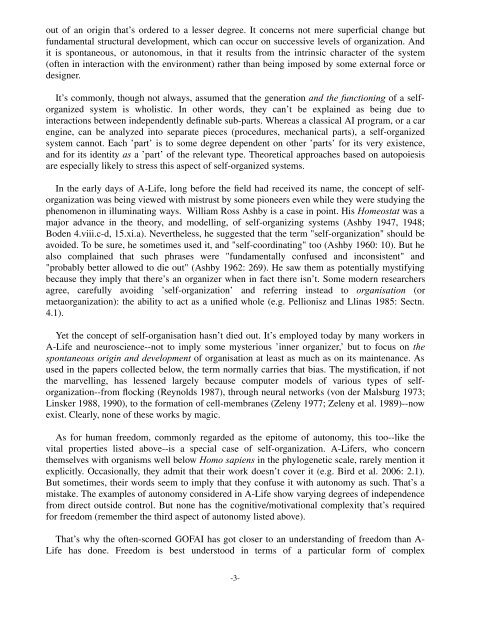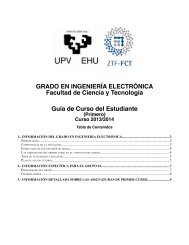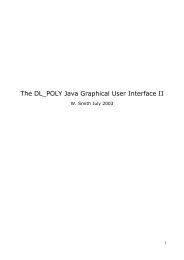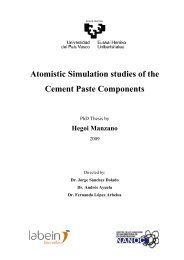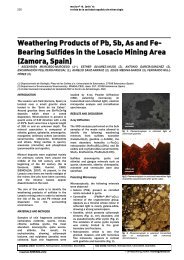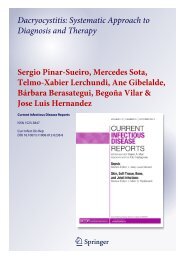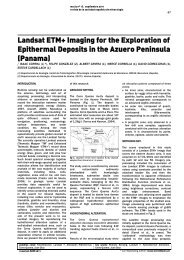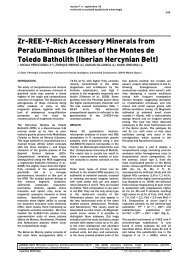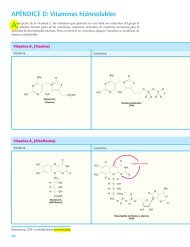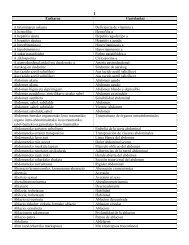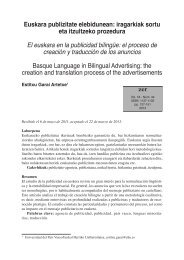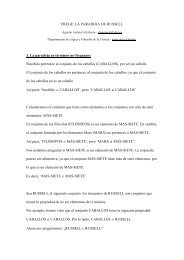AUTONOMY: WHAT IS IT? Margaret A. Boden University of Sussex ...
AUTONOMY: WHAT IS IT? Margaret A. Boden University of Sussex ...
AUTONOMY: WHAT IS IT? Margaret A. Boden University of Sussex ...
You also want an ePaper? Increase the reach of your titles
YUMPU automatically turns print PDFs into web optimized ePapers that Google loves.
out <strong>of</strong> an origin that’s ordered to a lesser degree. It concerns not mere superficial change but<br />
fundamental structural development, which can occur on successive levels <strong>of</strong> organization. And<br />
it is spontaneous, or autonomous, in that it results from the intrinsic character <strong>of</strong> the system<br />
(<strong>of</strong>ten in interaction with the environment) rather than being imposed by some external force or<br />
designer.<br />
It’s commonly, though not always, assumed that the generation and the functioning <strong>of</strong> a selforganized<br />
system is wholistic. In other words, they can’t be explained as being due to<br />
interactions between independently definable sub-parts. Whereas a classical AI program, or a car<br />
engine, can be analyzed into separate pieces (procedures, mechanical parts), a self-organized<br />
system cannot. Each ’part’ is to some degree dependent on other ’parts’ for its very existence,<br />
and for its identity as a’part’ <strong>of</strong> the relevant type. Theoretical approaches based on autopoiesis<br />
are especially likely to stress this aspect <strong>of</strong> self-organized systems.<br />
In the early days <strong>of</strong> A-Life, long before the field had received its name, the concept <strong>of</strong> selforganization<br />
was being viewed with mistrust by some pioneers even while they were studying the<br />
phenomenon in illuminating ways. William Ross Ashby is a case in point. His Homeostat was a<br />
major advance in the theory, and modelling, <strong>of</strong> self-organizing systems (Ashby 1947, 1948;<br />
<strong>Boden</strong> 4.viii.c-d, 15.xi.a). Nevertheless, he suggested that the term "self-organization" should be<br />
avoided. To besure, he sometimes used it, and "self-coordinating" too (Ashby 1960: 10). But he<br />
also complained that such phrases were "fundamentally confused and inconsistent" and<br />
"probably better allowed to die out" (Ashby 1962: 269). He saw them as potentially mystifying<br />
because they imply that there’s anorg anizer when in fact there isn’t. Some modern researchers<br />
agree, carefully avoiding ’self-organization’ and referring instead to organisation (or<br />
metaorganization): the ability to act as a unified whole (e.g. Pellionisz and Llinas 1985: Sectn.<br />
4.1).<br />
Yetthe concept <strong>of</strong> self-organisation hasn’t died out. It’s employed today by many workers in<br />
A-Life and neuroscience--not to imply some mysterious ’inner organizer,’ but to focus on the<br />
spontaneous origin and development <strong>of</strong> organisation at least as much as on its maintenance. As<br />
used in the papers collected below, the term normally carries that bias. The mystification, if not<br />
the marvelling, has lessened largely because computer models <strong>of</strong> various types <strong>of</strong> selforganization--from<br />
flocking (Reynolds 1987), through neural networks (von der Malsburg 1973;<br />
Linsker 1988, 1990), to the formation <strong>of</strong> cell-membranes (Zeleny 1977; Zeleny etal. 1989)--now<br />
exist. Clearly, none <strong>of</strong> these works by magic.<br />
As for human freedom, commonly regarded as the epitome <strong>of</strong> autonomy, this too--like the<br />
vital properties listed above--is a special case <strong>of</strong> self-organization. A-Lifers, who concern<br />
themselves with organisms well below Homo sapiens in the phylogenetic scale, rarely mention it<br />
explicitly. Occasionally, they admit that their work doesn’t cover it(e.g. Bird et al. 2006: 2.1).<br />
But sometimes, their words seem to imply that they confuse it with autonomy as such. That’s a<br />
mistake. The examples <strong>of</strong> autonomy considered in A-Life show varying degrees <strong>of</strong> independence<br />
from direct outside control. But none has the cognitive/motivational complexity that’s required<br />
for freedom (remember the third aspect <strong>of</strong> autonomy listed above).<br />
That’s why the <strong>of</strong>ten-scorned GOFAI has got closer to an understanding <strong>of</strong> freedom than A-<br />
Life has done. Freedom is best understood in terms <strong>of</strong> a particular form <strong>of</strong> complex<br />
-3-


